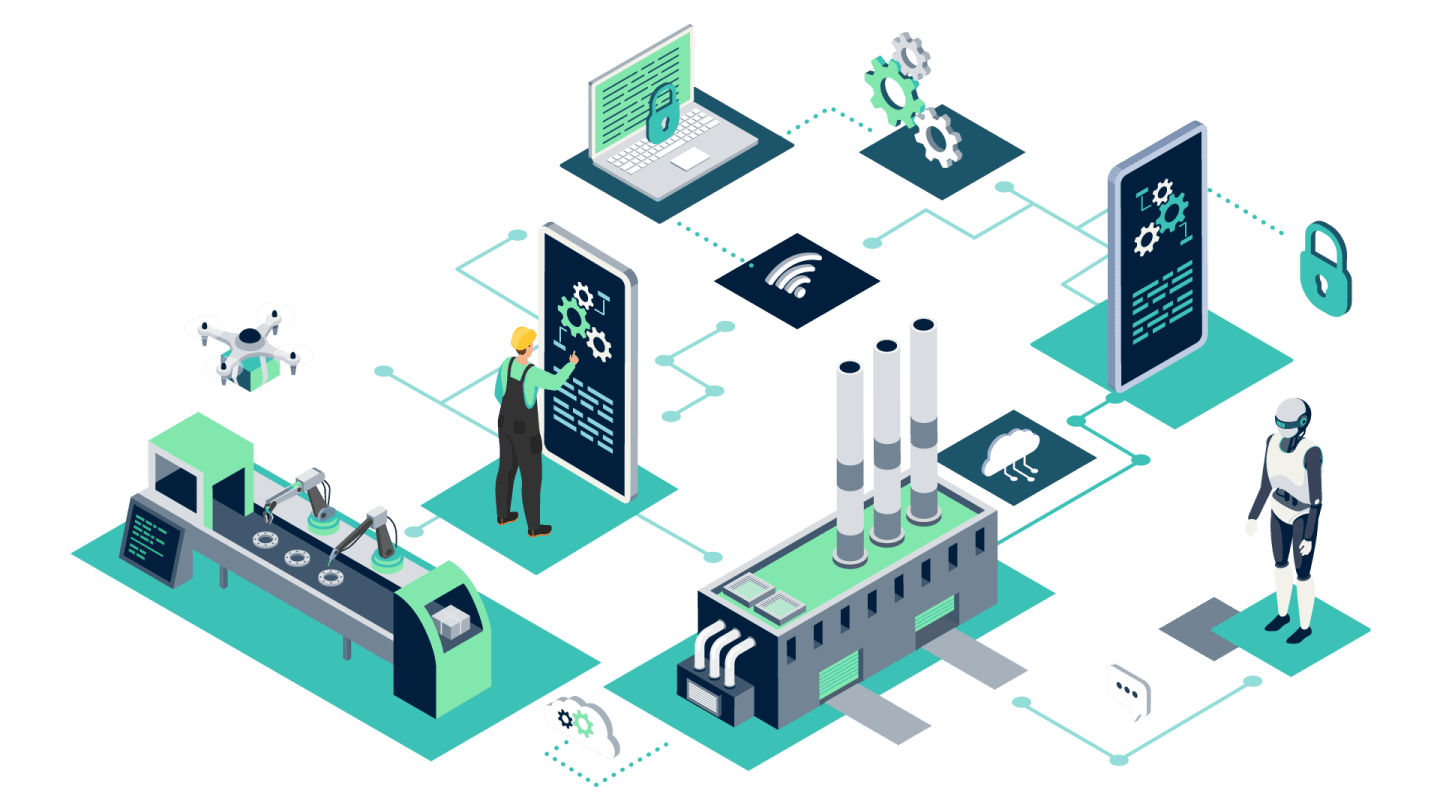The art of IoT DeviceOps
Learn what device management is, and how the capabilities of the best IoT DeviceOps platforms transform operators into experts.

In motorsports, victory is not about being the best driver but about assembling the most effective team. The race craft and reflexes of the person behind the wheel are crucial on the track, but when the car pulls into the pit, it isn’t the driver that changes tires or alters the wing levels. That work is done by experienced, well-choreographed experts in those areas.
Over the past few years, DevOps has evolved as an efficient methodology for releasing software, breaking down previous silos between the developers and operations teams in many organizations. But in the hardware world, as the number of managed devices increases, the complementary model of DeviceOps — not to be confused with DevOps — has started to emerge based on strong IoT device management.
The next frontier in IoT outsourcing
FirstAnalysis’ recent IoT quarterly insights report proposes that IoT device management is the next frontier in outsourcing, allowing enterprises to benefit from the deep expertise of platform vendors rather than managing the overhead and risk of developing, deploying, operating, maintaining and evolving the capability themselves.
But what is IoT device management? MachNation defines an IoT device management platform as an offering that provides device life cycle management functionality associated with the deployment and management of IoT assets. These IoT assets could be IoT gateways, retrofitted and new industrial equipment, and Linux-based devices like hardened Raspberry Pis; managing them requires proper provisioning, firmware updates, security patching, alerting and reporting.
Free up time to focus on differentiation
99% of IoT companies offering proprietary hardware, including new entrants, currently use internally developed and maintained device management software, according to FirstAnalysis. However, this functionality is standard across vertical industries and use cases, meaning that enterprises have little opportunity to differentiate themselves based on their device management capabilities alone. In fact, those companies with internally developed IoT device management solutions could realize considerable savings by sourcing their device management capability from dedicated platform providers. In its recent TEI study, Forrester found that enterprises could save 75% in operations cost alone by moving to a leading IoT device management platform.
In addition to savings, a range of other factors can drive adoption of outsourced device management:
- Building an IoT device management platform that can manage thousands or millions of IoT assets is technically complex and requires experts with a broad range of competences across embedded software, connectivity and cloud application development
- Third-party IoT device management platforms are regularly updated and evolved, with the capabilities developed for one customer being available to all, and often software patches being rolled out before users are aware
- Better device management functionality results in higher-reliability, more efficient IoT device maintenance, and improved customer satisfaction, through increased consistency and process automation
- Scarce technical resources can focus on competitive differentiating activities and improve speed to market, through directing developers to build the highest-value domain specific functionality on top of the IoT device management platform
- Avoiding the effort and investment of developing an internal platform reduces the time to bring new IoT solutions to market
For those enterprises looking to assess third-party IoT device management platforms, MachNation conducts a regular assessment of the top IoT platform vendors across four categories: life cycle management; architecture and security; integration; and business and strategy. The most recent assessment included both cloud hyperscalers, and specialist IoT device management platforms, like Software AG’s Cumulocity IoT. You can read the report below.
Device management: Against individual pests and for global sustainability
The necessity for IoT device management isn’t the first thing that people think of when considering insect and pest extermination, but that’s just what WAINS did with Cumulocity IoT. Insects and pests currently destroy between five and 20 percent of the global harvest—and the trend is rising. Likewise, industrial companies are always facing the risk of insect and rodent infestations that can quickly lead to production losses, which in turn can lead to substantial costs.
WAINS traptice© solution enables users to detect a pest infestation early on so they can implement the most appropriate countermeasures, with the traps connected to Cumulocity IoT and allowing exterminators to check a dashboard for the pest infestations or not. IoT device management is used to maintain the software in the connected trap and manage the visual analytics ML models used for pest detection.
Another example is GreenFlex, who help companies and territories accelerate their sustainable development, decarbonization and energy efficiency initiatives. GreenFlex designs and implements practical solutions that reduce its clients’ energy usage while improving performance, with their GreeFlexIQ digital platform a critical element of its success.
Previously, GreenFlex had built IoT capabilities into GreenFlexIQ to help it monitor and manage customer sites remotely. But quickly, “we realized we needed a new platform to support our ambitions,” said Arnaud Dejean, IoT Technical Director at GreenFlex. “First, we needed a platform that scalability connected more devices for production management, second, we wanted to make it easier for the operations team to set up and manage devices in the field. Cumulocity IoT helped us easily create dashboards for our clients, and lets them operate independently. It would have been far more complicated to build these capabilities ourselves.”
So, if you are considering embarking on the next frontier in IoT outsourcing for your DeviceOps, make sure that you read the MachNation 2022 IoT device management platform scorecard to get a view of the current landscape.